Most people have little trouble riding a bike. As a common means of commuting, riding is fast, healthy, and a breeze to learn. But do you know how to ride an electric bike? In fact, the core principles of riding an electric bike are similar to, albeit a little more complicated than, those of riding a regular bike.
In this guide, we unravel the intricacies of electric bike riding, equipping you with the knowledge to master this new mode of transportation. With broken-down steps outlined below, you can learn how to ride an electric bike with gears and different assist levels. Dive in now!
Charge Your Ebike Battery
Your ebike journey begins with charging the ebike battery to its full capacity.
Begin by locating the battery compartment, typically situated on the frame. Then connect the battery with the charger provided with your ebike. As you charge, it is recommended to first plug the charger into the battery, and then plug the charger into the wall socket. This order can help the ebike battery last longer.
The charging process might take a couple of hours, so patience is advised. When the battery is fully charged, unplug the charger and ensure the battery is securely attached to the battery compartment of your ebike.
Understanding Pedal Assist System (PAS)
Many ebikes come with a pedal assist system, often abbreviated as PAS. Roughly speaking, ebikes with PAS provide motor assistance as you pedal, making your ebike achieve greater speed with the same pedaling effort. There are two primary types of PAS: torque-based PAS and cadence-based PAS.
Torque-Based PAS
In torque-based PAS systems, the motor provides assistance based on the amount of force applied to the pedals. The harder you pedal, the more assistance the motor delivers, resulting in a dynamic and responsive riding experience. This type of PAS is particularly beneficial for riders who prefer a more intuitive and natural-feeling assistance mechanism, as it closely mimics the sensation of traditional cycling. For beginners,
Cadence-Based PAS
Cadence-based PAS systems, on the other hand, provide assistance based on the speed at which you pedal, measured in revolutions per minute (RPM). The motor responds to the cadence of your pedaling motion, delivering assistance accordingly. This type of PAS is ideal for maintaining a consistent pace and reducing fatigue on longer rides, as it ensures a steady level of assistance regardless of pedaling effort.
Generally speaking, riding ebikes with torque-based PAS feels more natural for beginners, while ebikes with cadence-based PAS might be a little bit harder time getting used to.
Know Your Brakes
Mastering the intricacies of your ebike's braking system is essential for safe and confident riding. There are typically two types of brakes on ebikes: disc brakes and rim brakes.
Disc brakes provide dependable braking performance across diverse weather conditions. They comprise a rotor linked to the wheel hub and calipers that press brake pads onto the rotor, generating friction to decelerate the bicycle. Renowned for their reliability and resilience, disc brakes offer consistent stopping power.
On the other hand, the traditional rim brakes have largely fallen out of favor and are being gradually phased out. As of 2024, more and more ebike manufacturers are shifting to the more advanced disc brakes. For instance, HAOQI ebikes all feature light and responsive hydraulic disc brake systems designed to maximize smoothness and the efficiency of speed control.
Prepare as You Normally Would for a Bike Ride
With a basic level of working knowledge in mind, it is time for the first ride.
Before embarking on your ebike adventure, ensure you're equipped with the essentials. Check tire pressure, fasten your helmet securely, and adjust your seat height for comfort. Don't forget to bring water, snacks, and any necessary gear for your journey.
Open PAS
Next, activate the Pedal Assist System (PAS) on your ebike by locating the control panel or display screen. Depending on your eBike model, this may involve pressing a button or selecting a PAS mode using the interface.
Start Pedaling
With PAS activated, it is time to begin pedaling to initiate motor assistance.
For beginners, starting with a low assistance level is a good idea. While starting in level 0 is the safest choice, you can also try levels 1 to 3 if you are feeling a bit more confident. All these levels are considered safe for beginners and you need not worry about tipping over.
As you pick up speed, try to experiment with different PAS levels and gears to find the setting that best suits your riding style and terrain conditions. For open, flat surfaces, feel free to use higher PAS levels and higher gears to maximize the speed. How to ride an electric bike uphill then? To combat the downward pull when riding uphill, you should shift to lower gears and higher levels of assist to make the uphill climb easier.
Of course, you can always turn to your throttle when you need a rest. Most ebikes come with throttles that deliver power straight away, without the need to pedal.
Slow Stop
As your riding trip draws to a close, apply both brakes simultaneously to slow down your ebike. You can also press only the rear brake if the speed is not too high, although this is not the safest way to go. Once your bike comes to a full stop, dismount carefully, and engage the kickstand to stabilize your bike. Charge the ebike battery if there is a need to recharge. Finally, remember to congratulate yourself too as you’ve just successfully learned how to ride an ebike!

Conclusion
This is it - the intuitive step-by-step guide on how to ride an electric bike. From preparing for your journey and mastering the pedal assist system to understanding your brakes and executing a smooth stop, you've embarked on a comprehensive exploration of ebike riding. So no need to wait - invest in a quality electric bike and enjoy the thrill of powered cycling now!
FAQ
How old to ride an electric bike?
The age requirement to ride an electric bike varies depending on the country and local regulations. In many places, individuals must be at least 16 years old to operate an electric bike. However, other regions may have different age restrictions.
Is it difficult to ride an electric bike?
No, it is not difficult to ride an electric bike, especially for those who already know how to ride regular bikes. Once the rider gets used to the motor assistance, they can navigate freely on different terrains and enjoy the full thrill of cycling.
Do I need to use e-bike braking differently?
No. Ebike brakes operate largely on the same principle as brakes on regular bikes, meaning you can apply the brakes of ebikes as if they were regular bikes. However, due to the potential for higher speeds and added weight of e-bikes, it's crucial to anticipate stops earlier and apply brakes gradually to ensure smooth deceleration.


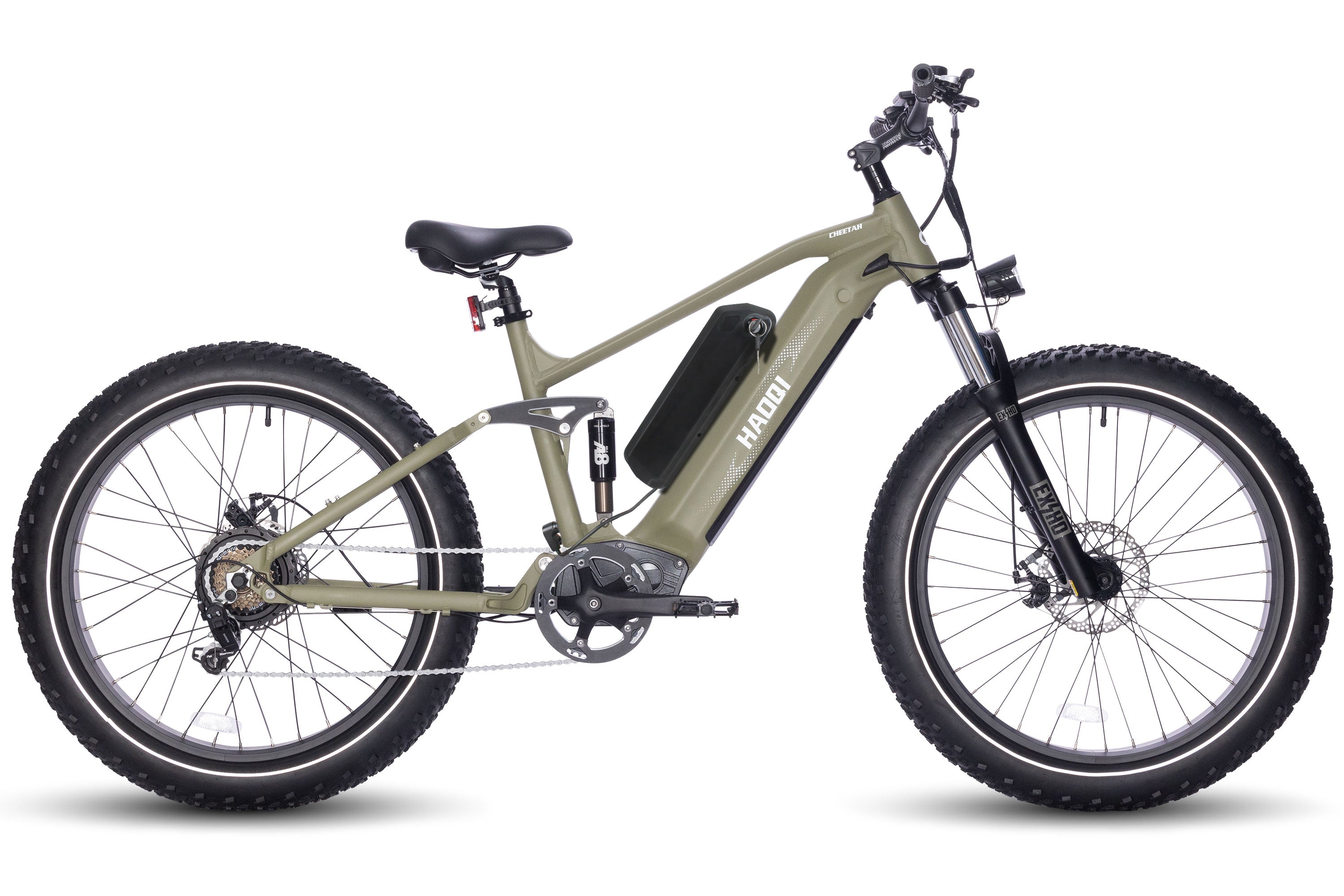
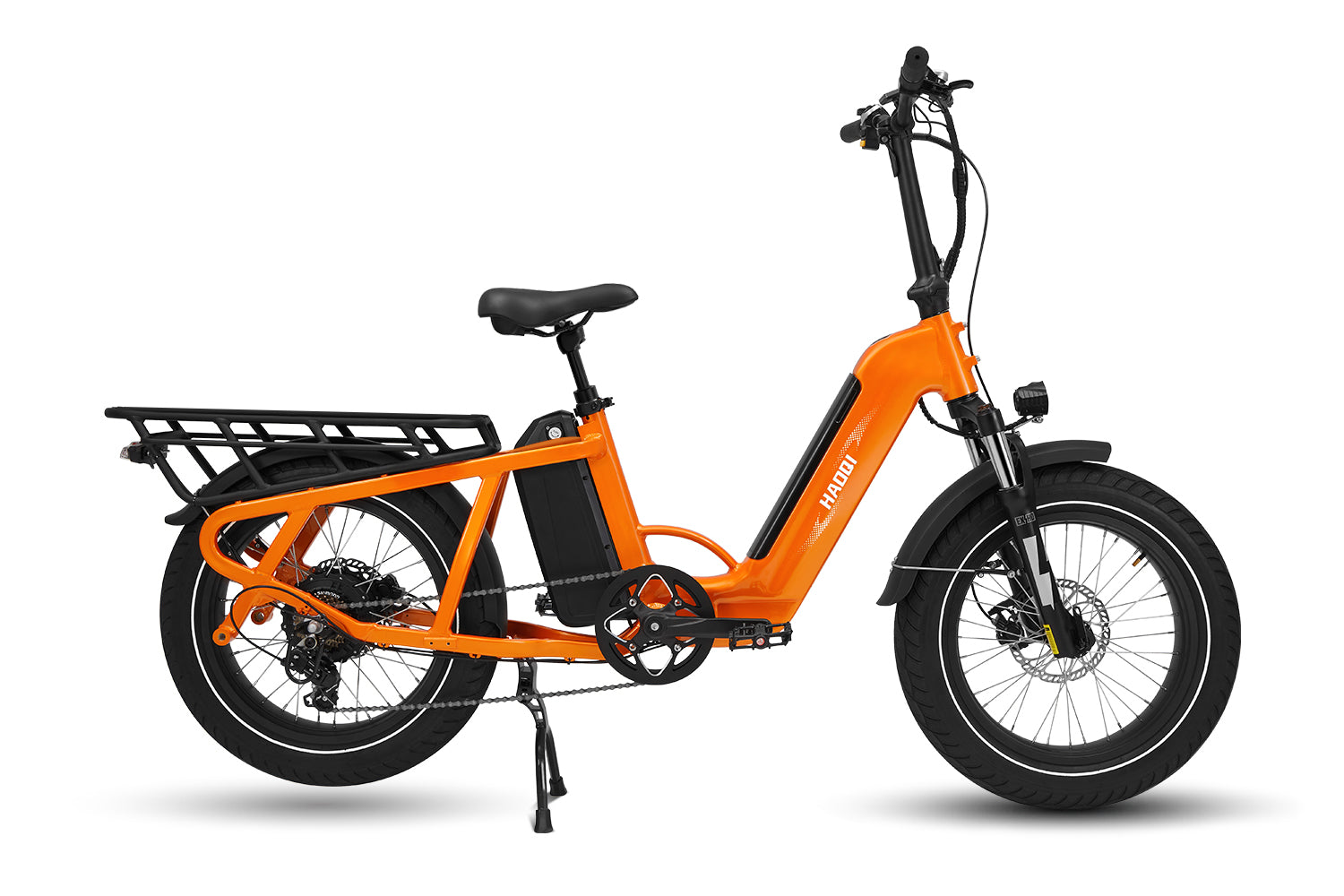
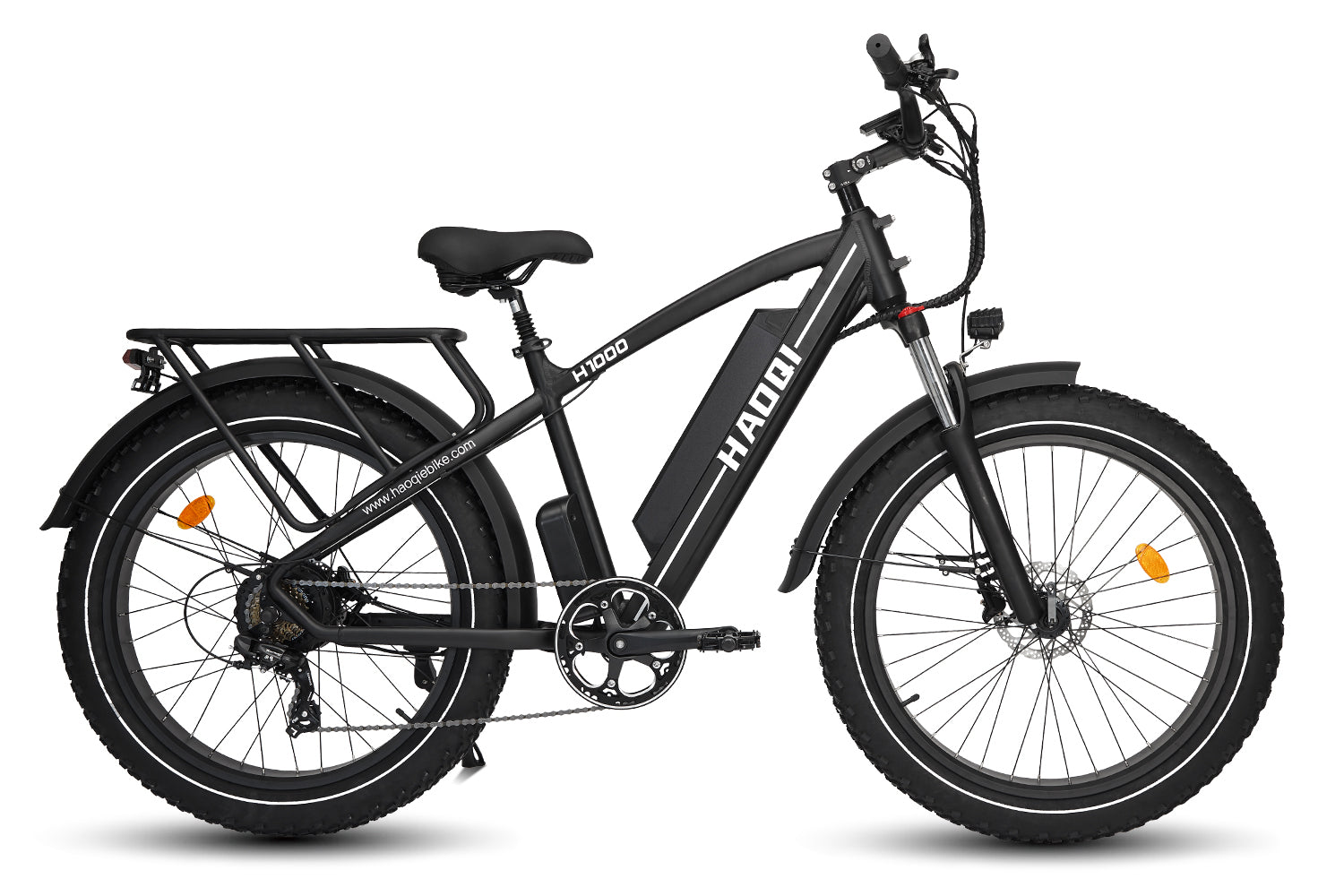
![HAOQI Antelope 500W Cargo Electric Bike (UL Certified) [electric bike] [HAOQI ebike]](http://haoqiebike.com/cdn/shop/products/haoqi-antelope-cargo-electric-bike-with-dual-battery-haoqiebike-com-1.jpg?v=1753954498&width=1500)
![HAOQI Squirrel Folding Electric Bike (UL Certified) [electric bike] [HAOQI ebike]](http://haoqiebike.com/cdn/shop/files/1_03c67b67-715e-4617-a648-51f108ceb425.jpg?v=1766473332&width=1500)
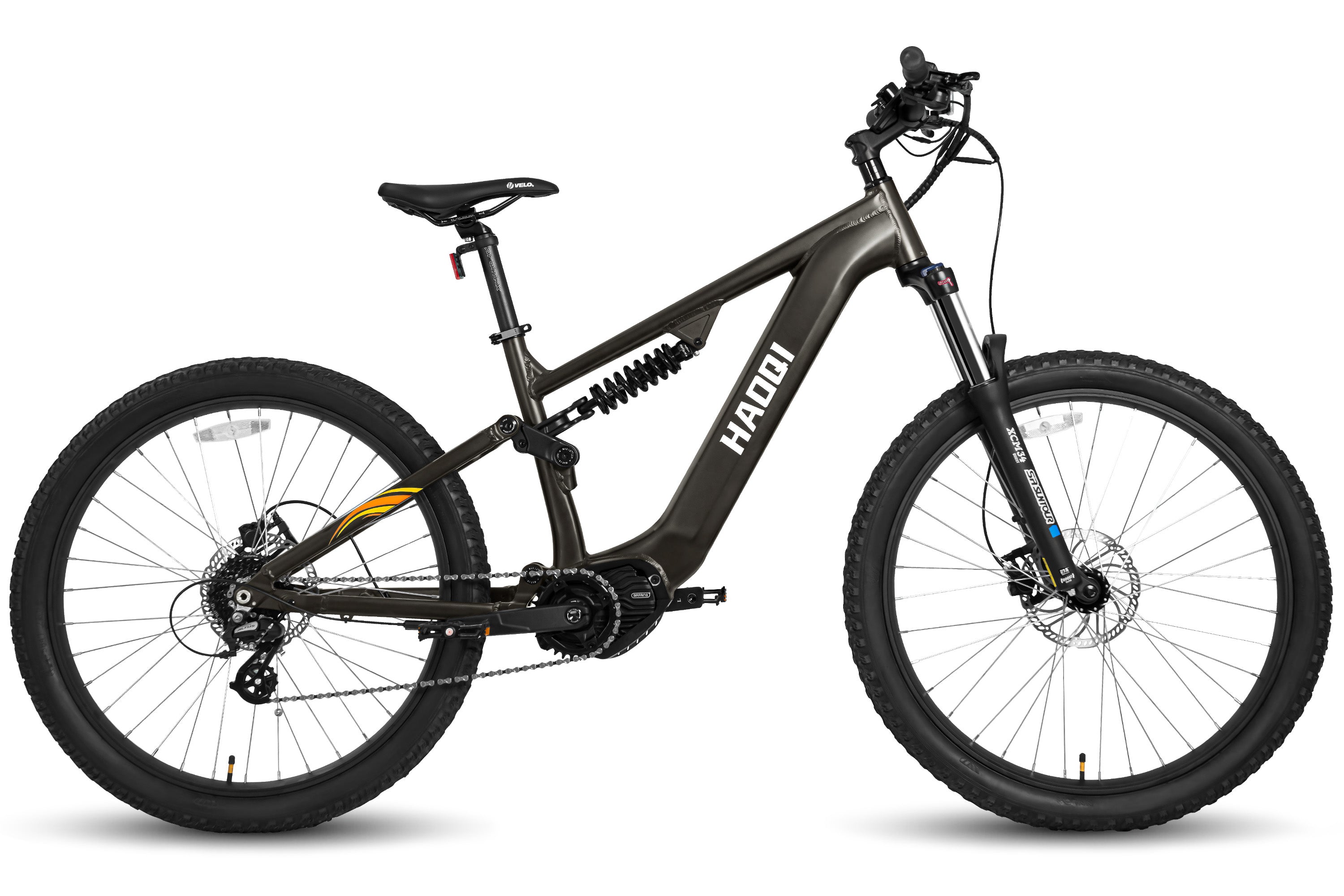
![HAOQI Eagle Long Range Electric Bicycle (UL Certified) [electric bike] [HAOQI ebike]](http://haoqiebike.com/cdn/shop/files/2_bf7ae46b-aad6-472a-9c14-d56ca3f0feb6.jpg?v=1755142722&width=1500)

![HAOQI Antelope Pro 750W Cargo Electric Bike (UL Certified) [electric bike] [HAOQI ebike]](http://haoqiebike.com/cdn/shop/products/haoqi-antelope-pro-cargo-electric-bike-with-dual-battery-750w-haoqiebike-com-1.jpg?v=1751610204&width=1500)



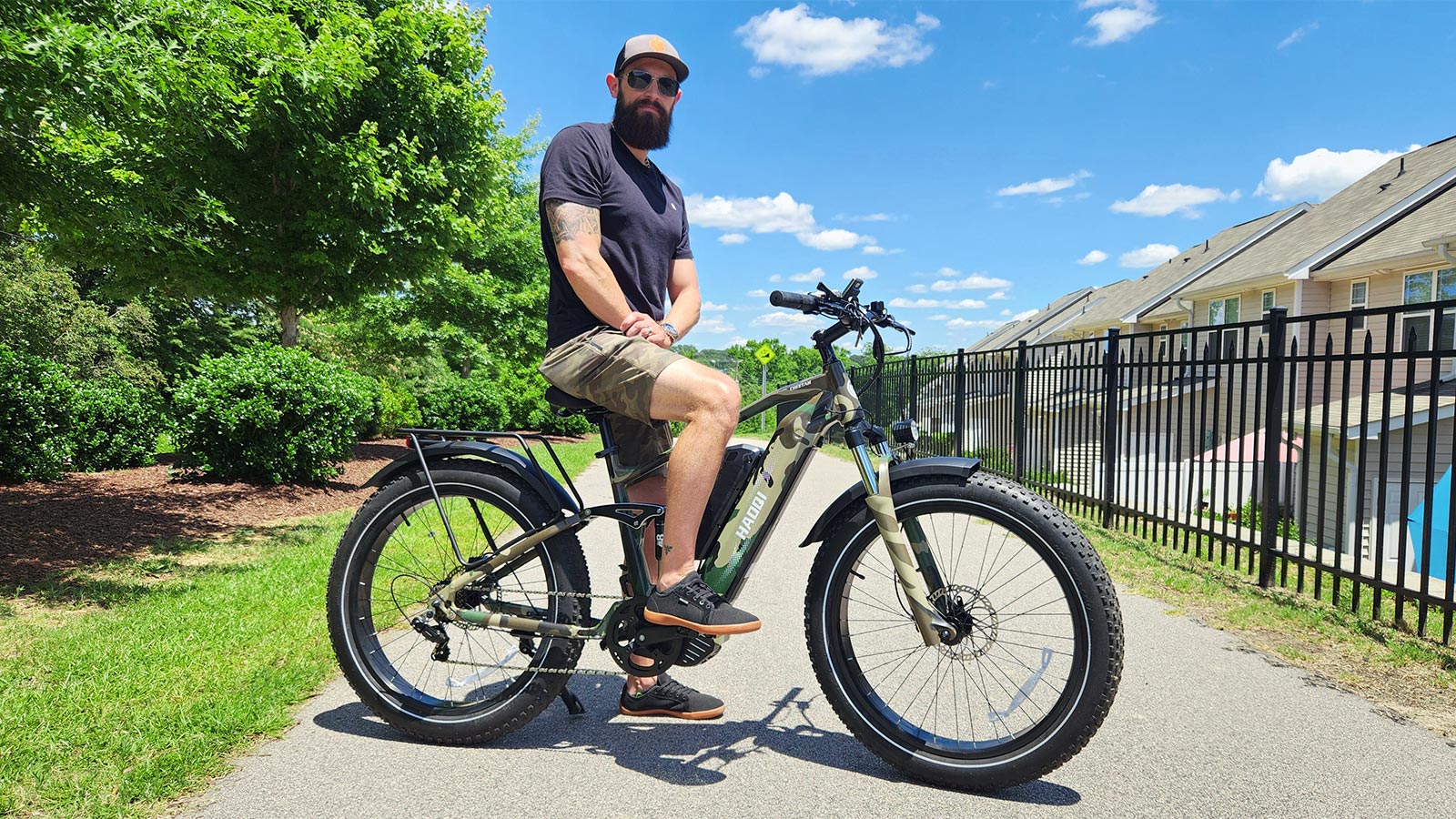
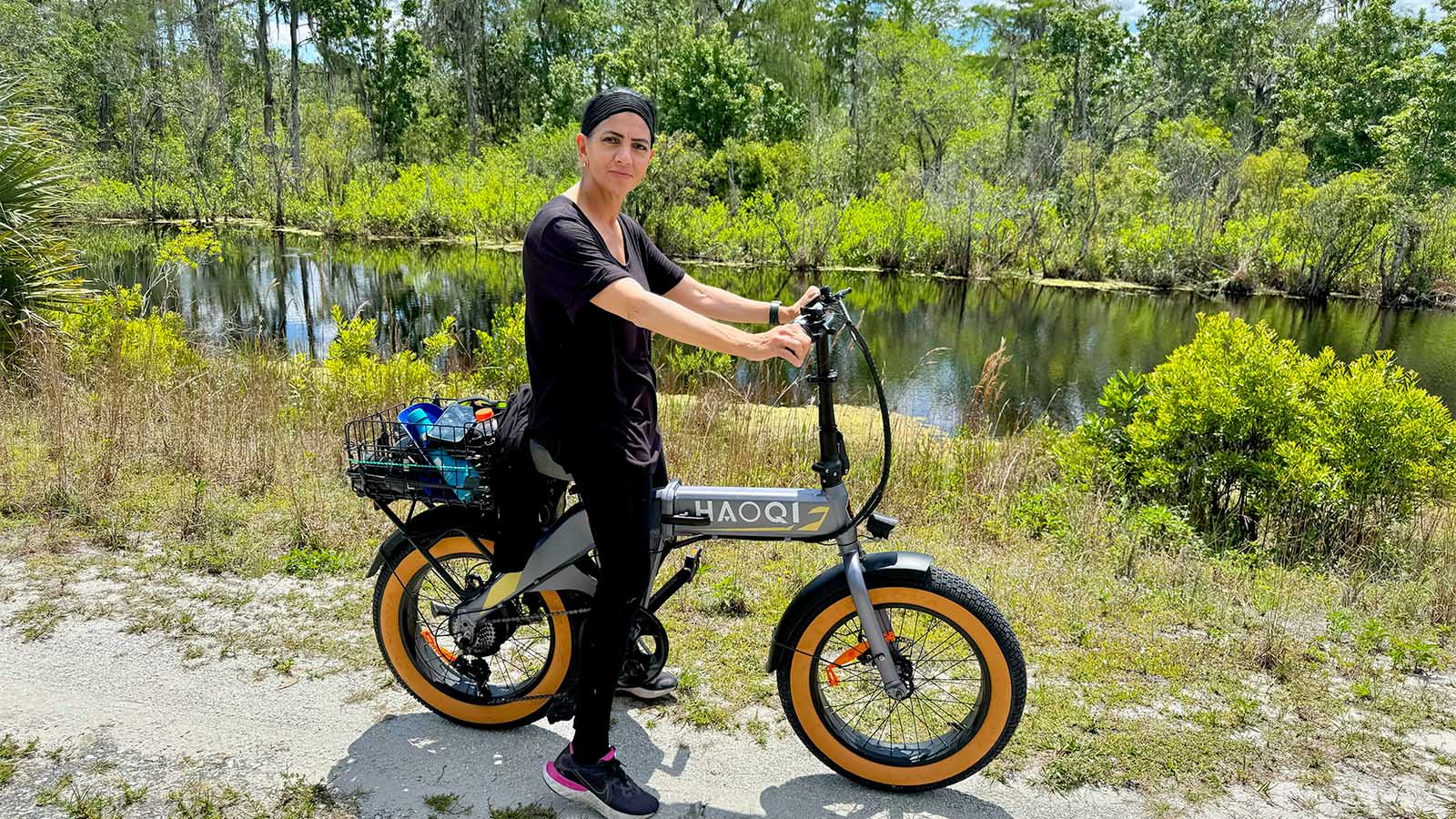




Leave a comment
All comments are moderated before being published.
This site is protected by hCaptcha and the hCaptcha Privacy Policy and Terms of Service apply.